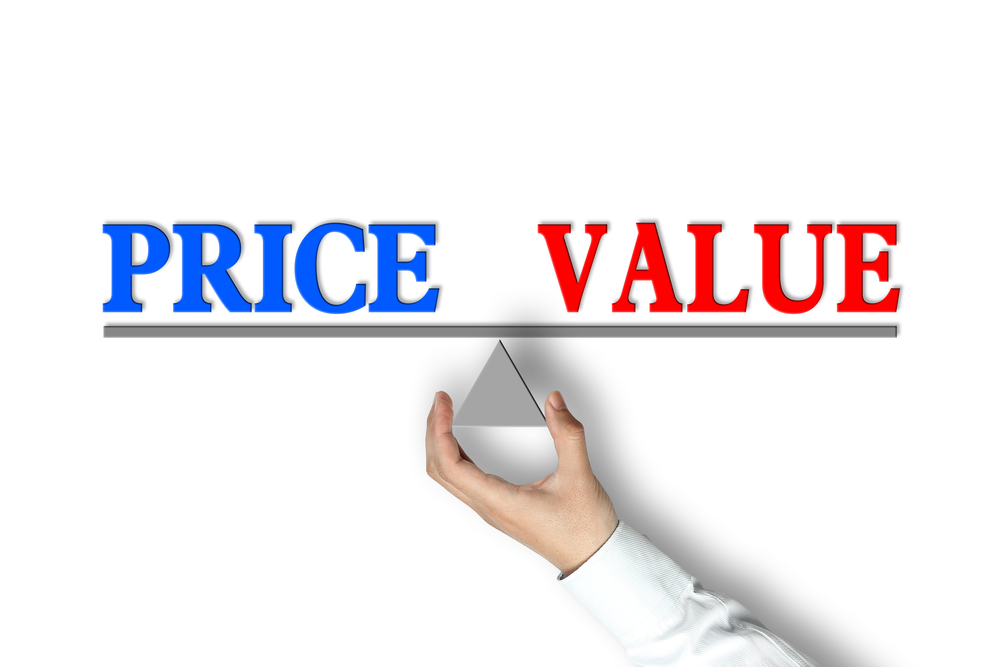
The tension in his voice was palpable. “I do not know how to set a value based fee and I’m afraid we’ll lose our shirt with this client.”
Chris is not alone in this fear. Firm owners who are determined to adopt Value Based Pricing often face a big opportunity and challenge: a client with many needs, the potential for a lot of work over a long period of time, and a justifiable fear that they’ll undercharge and lose money.
My discussion with Chris focused on two specific aspects of this opportunity:
1) What does the client want to achieve in the long term, let’s say 2 years.
2) How can you and the client break that goal into manageable 3-month chunks?
Setting Long Term Goals
Two years, these days, is long-term for most companies. Changes take place at whirlwind speed, and 5-year plans can become unrealistic, undesirable, and cause stagnation.
We work with our clients to help their clients look ahead two years. To articulate the most desirable outcome 24 months later.
Goals are both quantitative and qualitative.
Quantitative goals can include specific revenue goals; profit goals (you can’t assume profit from revenue); and others such as numbers of clients; market share; referrals; cash flow; debt reduction; and new products/services introduced and stale ones eliminated.
Qualitative goals include what I call tangible intangibles: glowing testimonials; company awards; speaking at industry conferences; publications; endorsements others in the industry. You might set a goal for everyone in the company to earn a professional certificate for advanced skills or pursue other indications that they’re growing in knowledge and expertise.
When your firm–whether accounting, legal, design, technology, training, organization development, subject matter experts, or consultants–enters into a discovery conversation with prospective clients, the first step should be to uncover which of these long-term outcomes they desire.
These are not deliverables or discrete inputs. These are outcomes! What I call value delivered.
Break the Long Term into Chunks
Every firm owner knows that there are perhaps dozens of interim outcomes along the path to reaching the 2-year goal.
Certain systems, processes, and practices need to be in place in order to build revenue, profit, and so on. (See our LADRSM) It’s your job as the expert to help the client break the 2-year goal into smaller goals that can be measured, analyzed, corrected if necessary, and proven, in order to build. One would not build the walls until the foundation is inspected and approved.
These smaller goals or “chunks” become the building blocks for your Value Based fee.
If you have learned how to create your fee-to-value ratio (Step 2 PREPARE in my book Crack the Pricing Code), you’ll be able to identify the right Value Based Fee for each chunk.
Scope is Key
Chris went through the PREPARE process to determine his firm’s fee-to-value ratio. He was still nervous about offering his firm’s services using the Value Based Pricing model. He worried about the boundaries.
That’s where scope comes in.
In its simplest form, a Value Based fee says:
“Firm X will deliver Y value to client Z for A dollars within B period of time.”
Period of time or performance is one element of scope. The optimum period of performance is 2 to 3 months. It’s impossible for either the provider or the client to feel secure about anything longer.
The value delivered has to be stated in terms of that period of performance. In other words, your firm will not deliver the 2-year outcome in 2 months. Your firm will deliver a subset of that value on the way to the two-year value outcome.
Pricing by chunks gives assurance to both the client and the provider:
- Clarity about a time frame we can see and have a handle on.
- Make measurable progress. If we don’t, we’ll be able to understand why and make corrections.
- Move on to the next chunk with confidence.
- The fee is the right fee for that value delivered during that period of time.
The killer value of Value Based Pricing is that your firm says, “We will do whatever it takes to deliver Y value to you within B period.”
Yes, whatever it takes! Specifically tied to the outcome of the 2 or 3 month period. And your Value Based fee is commensurate with the value delivered–the outcome–not the inputs.
- No meter running.
- No limits on questions, services, creativity, and innovation.
- Your firm does whatever the project requires in order to deliver the specific outcome,
When done effectively, you will not lose your shirt and the client will be deliriously happy with Value Based pricing.
Chris Succeeds
Chris and his client divided the 2-year goal into interim goals for each 3-month period. The scope and fee for each period was accepted. The engagement document provided that each subsequent 3-month scope would be reviewed near the end of the one before to allow for updating.
Twelve months into the 2-year project, both Chris’s firm and the client are very happy with the progress being made towards the 2-year goal. The value delivered in each quarter is clear and the fee is commensurate with that value.
Now Chris says he’ll never hesitate again to implement Value Based Pricing, no matter how complex the project looks to be.
Do you have confidence your firm can implement Value based pricing for all your client work? If you’d like to build your confidence, text VBP to 703-801-0345 and we’ll set up a call.


